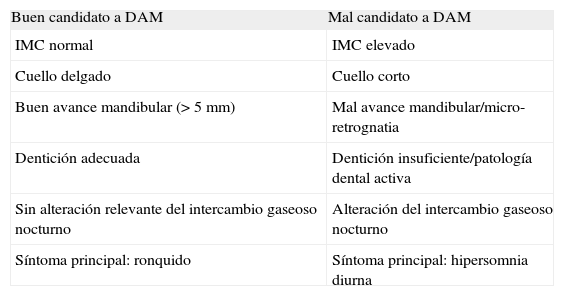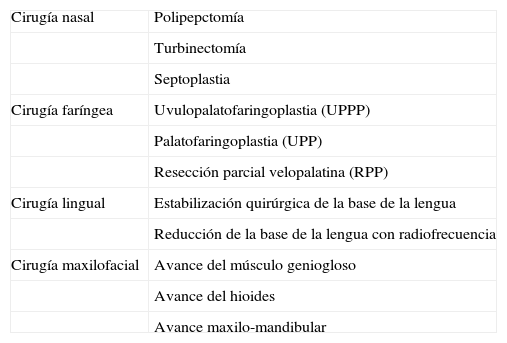El síndrome de apnea-hipopnea del sueño (SAHS) es una enfermedad muy prevalente en la población general. Su existencia se ha relacionado con la aparición de eventos cardiovasculares y cerebrovasculares, un mayor riesgo de accidentes de tráfico y un deterioro en la calidad de vida de los pacientes.
En el momento actual, la presión positiva continua sobre la vía aérea (CPAP) constituye el tratamiento de elección en el SAHS. Aunque suele tolerarse bien y los efectos secundarios derivados de su uso suelen ser leves y transitorios, existen algunos enfermos que lo rechazan o no lo toleran. A dichos pacientes deberían ofrecérseles otras terapias alternativas o complementarias.
Sleep apnea-hypopnea syndrome (SAPS) is a very prevalent disease in the general population.
Its existence has been related with the appearance of cardiovascular and cerebrovascular events, greater risk of traffic accidents and deterioration of the quality of life of the patients.
Currently, continuous positive airway pressure (CPAP) is the treatment of choice in SAPS.
Although it is generally well-tolerated and the side effects derived from its use are generally mild and transient, there are some patients who refuse it or do not tolerate it. Other alterative or complementary treatments should be offered to these patients.
Article
Diríjase desde aquí a la web de la >>>FESEMI<<< e inicie sesión mediante el formulario que se encuentra en la barra superior, pulsando sobre el candado.

Una vez autentificado, en la misma web de FESEMI, en el menú superior, elija la opción deseada.

>>>FESEMI<<<









